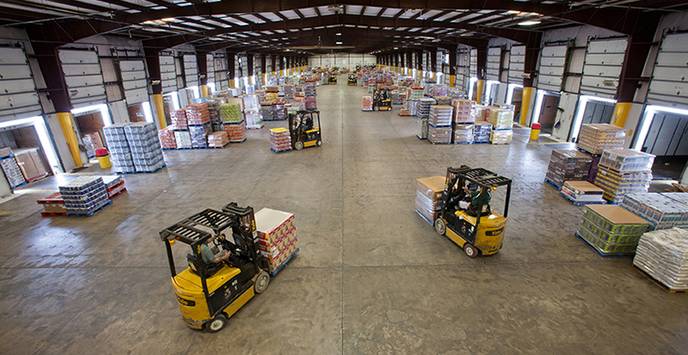The speed and efficiency of the inventory network are the two most significant factors contributing to the development of companies. One impeccable way to accomplish an upper hand is cross docking services. Cross docking is all about transporting merchandise quicker with reduced warehousing costs. Cross-docking services do it by moving the items from producers straightforwardly to the client or corporate store with practically zero stockpiling time. Moreover, cross-docking helps reduce the odds of item harm and inventory loss. This article talks about different types of cross-docking services and their benefits.
Types of Cross-Docking Services
Below listed are different types of cross dock services:
- Pre-distribution Cross Docking
Pre-distribution is the most basic model of cross-docking services. In this specific mode, the supplier prepares and organizes unit loads beforehand after considering the final demand. Therefore, cross-docking service providers just need to receive the goods and dispatch them without involving warehouse workers.
- Consolidated Cross Docking
The consolidated cross-docking mode involves handling the goods to adapt them to the end customer’s requirements. Then, the received stock is transported to a cross-docking or conditioning zone, where workers examine and adjust the unit loads according to the requested orders. This process might involve arranging pallets from smaller unit loads or vice-versa. In short, the goods are divided into individual packages or product kits.
- Hybrid Cross Docking
It is a more complex cross-docking model. It involves preparing orders in the cross-docking zone by taking a proportion of goods from the received lorry loads. In this model, the received goods can be transported to a temporary storage unit rather than directly applying cross-docking. Although it is a more flexible type of cross-docking, it requires seamless coordination of all the tasks related to this operation.
Benefits of Cross-Docking Services
Following mentioned are the key benefits of cross dock services:
- High Product Turnover Rates
Using efficient cross-docking services can improve the turnover rates of businesses, as the merchandise is transported rapidly through the cross-docking terminal with little to no capacity time. Accordingly, the company can reduce stock rack time and, thus, expand its productivity.
- Reduced Storage and Labor Costs
Capacity-related costs can be reduced through premium quality cross-docking services, as the need to store goods for longer periods is reduced. Moreover, now that there is no need to pick and take care of goods at this point, the work-related cost is also reduced.
- Better Responsiveness
Cross-docking services help business units respond to changes in demand rapidly via real-time tracking.
- Shipping Overweight Cargo
If transport vehicles are overweight, cross-docking services can come to help. These services facilitate efficient unloading and shifting of products to help companies comply with local guidelines.
Conclusion
Cross-docking services are an effective way to ship stock faster vehicle reducing warehousing costs and product-related risks. With multiple benefits, it is only right to replace the traditional facility costing money and land to operate with the cross-docking facility. In this case, cross-docking facilities will be inexpensive and more convenient when it comes to logistic activities. Furthermore, when choosing what type of cross-docking services to use, it’s advisable to consider the business requirements.

